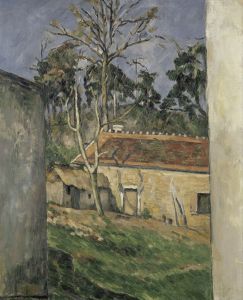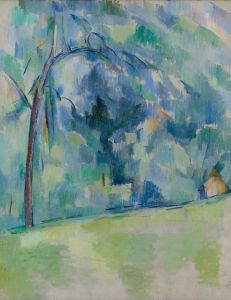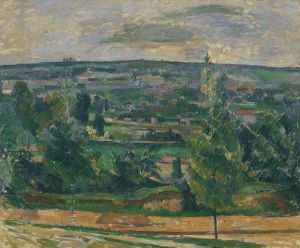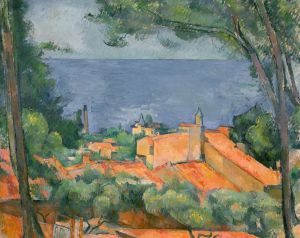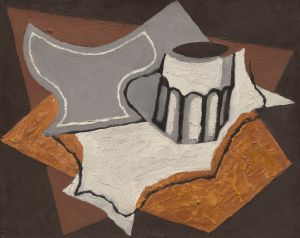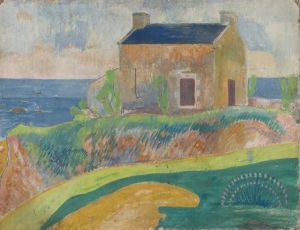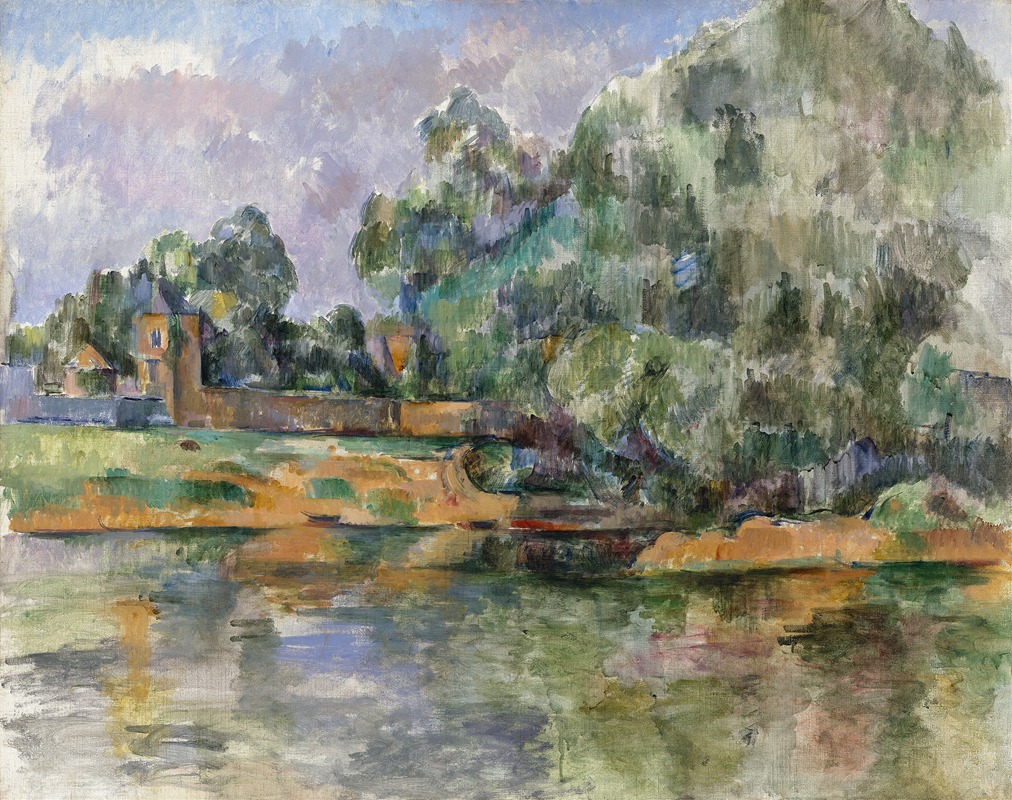
Banks of the Seine at Médan
A hand-painted replica of Paul Cézanne’s masterpiece Banks of the Seine at Médan, meticulously crafted by professional artists to capture the true essence of the original. Each piece is created with museum-quality canvas and rare mineral pigments, carefully painted by experienced artists with delicate brushstrokes and rich, layered colors to perfectly recreate the texture of the original artwork. Unlike machine-printed reproductions, this hand-painted version brings the painting to life, infused with the artist’s emotions and skill in every stroke. Whether for personal collection or home decoration, it instantly elevates the artistic atmosphere of any space.
"Banks of the Seine at Médan" is a painting by the renowned French artist Paul Cézanne, who is often credited with laying the groundwork for the transition from 19th-century Impressionism to 20th-century Cubism. Cézanne's work is characterized by his unique approach to form and color, which has influenced countless artists and movements.
This particular painting, "Banks of the Seine at Médan," was created during a period when Cézanne was deeply engaged with the landscape genre, a subject he explored extensively throughout his career. The painting depicts a serene view of the Seine River, capturing the tranquil beauty of the natural environment in the region of Médan, a small village located near Paris. This area was known for its picturesque scenery and had attracted many artists and writers, including Émile Zola, a close friend of Cézanne.
Cézanne's technique in this painting reflects his mature style, where he employs a methodical approach to capturing the essence of the landscape. He uses a palette of muted colors, with greens, blues, and earthy tones dominating the canvas. The brushwork is deliberate and structured, showcasing his interest in the underlying geometric forms of nature. This approach is indicative of Cézanne's desire to move beyond the fleeting impressions of the Impressionists and towards a more solid and enduring representation of the natural world.
The composition of "Banks of the Seine at Médan" is carefully balanced, with the river serving as a central element that guides the viewer's eye through the painting. The trees and foliage are rendered with a sense of volume and depth, achieved through Cézanne's use of color modulation and tonal variation. This technique creates a sense of harmony and stability, which is a hallmark of Cézanne's landscape paintings.
Cézanne's work during this period was not widely appreciated by the public or critics, as his departure from traditional techniques and his emphasis on form over detail were considered radical. However, his innovative approach to painting would later be recognized as groundbreaking, influencing a new generation of artists who would go on to develop modern art movements.
"Banks of the Seine at Médan" exemplifies Cézanne's commitment to exploring the complexities of visual perception and his quest to capture the essence of the natural world. Today, Cézanne is celebrated as a pivotal figure in the history of art, and his works are held in high esteem by museums and collectors worldwide. This painting, like many of his landscapes, continues to be studied and admired for its contribution to the evolution of modern art.








